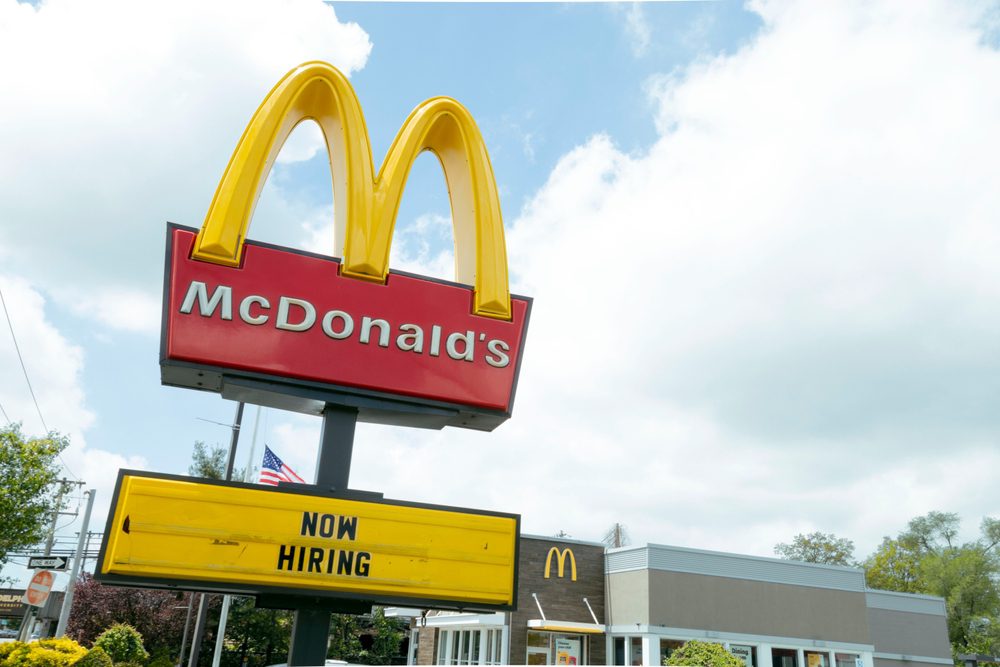Merryvale Vineyards LLC has discovered that e-mail is the best way to intensify its relationship with consumers and keep them tasting and buying. Plus, the winery has realized huge savings with an e-newsletter program.
Only 15% of the wine Merryvale produces goes to consumers (most is sold to distributors, who in turn sell to stores, wine shops or restaurants). But those buyers are important and likely to wander if not enticed to remain with Napa Valley, CA-based Merryvale.
“It is competitive,” said Jean DeLuca, director of marketing at Merryvale. “The key with the wine business is that it is a relationship business, especially at our level. People don’t just want a bottle of Chardonnay, they want to know about the grapes, the winemaker, that particular harvest. It’s very education-oriented.”
Still, investing in CRM for such a small slice of Merryvale’s customer base was too expensive to do by direct mail. In fact, only the continuity club customers heard from the vineyard all when they received their monthly shipment of wine and unfolded the six-page newsletter tucked in the box. This was far from ideal because offers and timebound pitches were often missed by that method, since customers often put the box away without opening it until they are ready to drink the wine, DeLuca said.
Merryvale, a family-owned, mid-sized business, produces about 100,000 cases a year of premium wines that sell for between $20 and $100 a bottle. It started its first e-mail program two years ago.
The firm’s consumer segment includes 2,500 club members, and another group of 3,000 individuals who signed up when they came to the vineyard for a wine tasting or purchased something on the Web site. They received the e-newsletter every couple of months.
“They are always thirsty for more information — what’s happening with wine corks versus screw caps, what’s happening with native yeasts,” DeLuca said. “It can really get geeky.”
Merryvale’s business-to-business customers include 300 distributors and 2,000 retailers, restaurants and wine shops. They also received e-mail, a great way of notifying them when a Merryvale wine receives a good review or a high rating.
DeLuca prepared a text e-newsletter with links, maintaining and updating the database, even managing the unsubscribes one by one. Web sales increased 100% in the first year of the e-mail program.
But, DeLuca says, “I had no way of knowing what percent of the e-mails were opened, or clicked through, I could sort of tell a spike in my Web site visitation, but I had no way to tell who purchased.” Moreover, the text e-mails sent by the firm were unattractive.
When DeLuca began outsourcing about a year ago, crafting this CRM-driven newsletter became much more enjoyable, she said. The e-mail letter is now in HTML, which allows for photos, links, color, underlines, italics — and photographs of the wine.
At least three links appear in each transmission. One of the links typically clicks through to a sales offer. DeLuca now knows who opened, who clicked through and who purchased.
“It has enabled me to reach out to these people with a message that is much more in keeping with the caliber of the Merryvale product,” DeLuca said. “And the Merryvale message is now being conveyed in a way that is more appropriate to the caliber of the company — it says Merryvale in the format as well as the content.”
The only downside: Because the e-newsletter pushes all purchasing channels, fax, e-mail, telephone and Web, response rates cannot be tracked back to it.
E-mail has become a CRM trend among wineries, according to Merryvale’s e-mail marketing firm VerticalResponse. Those that use the e-mailer’s Web-based product iBuilder report that winery customers’ average clickthroughs range between 7% and 15%, have up to 3% buy rates and average purchase orders of $125 to $350.
What does it cost? “If I am going to reach out to consumers four times a year — let’s say to the 3,000 best customers via mail, with paper, printing and postage, that’s approaching $10,000. The cost for 3,000 people four times a year by e-mail is $120.”
Because of the flexibility of e-mail, for the holidays, DeLuca is considering e-mailing more frequently, and perhaps adding personalization and segmentation of the file.
 Network
Network

